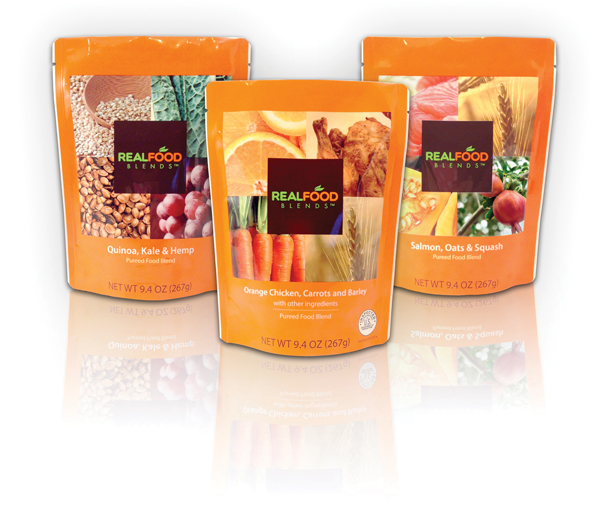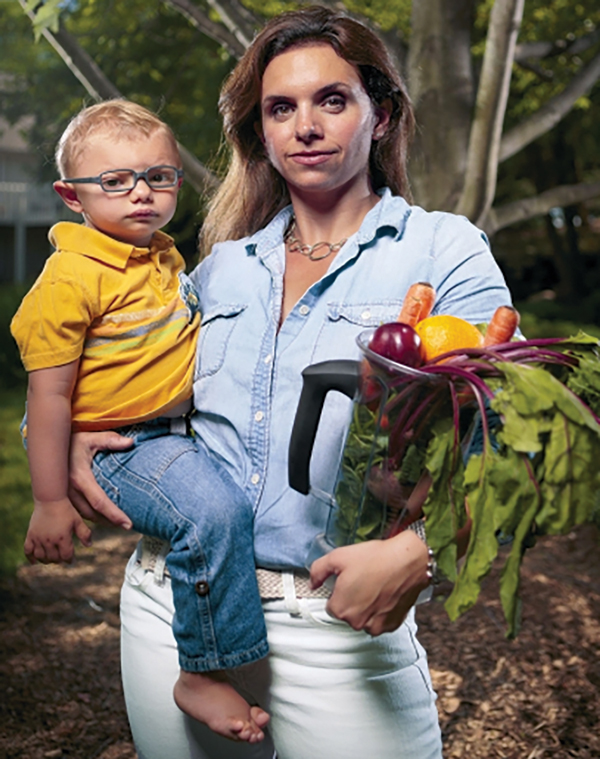New parents often expect their children to be on formula for a short period of time at the beginning of life, while anticipating that the move to real food will come in the early years. But what happens when the doctor says this isn't possible?

Julie Bombacino's son, AJ, was placed on a feeding tube at six months old. Eight different formulas later, he still had not adjusted to the tube; he was losing weight and vomiting daily. One of his doctors suggested that Bombacino keep him hooked to his feeding tube 24 hours a day—and that was the proverbial straw. "What kind of life is that for a 1-year-old?" she says. After researching their options, the family turned to blended food, to which AJ acclimated well. Bombacino planned his meals carefully, each time combining real food ingredients and blending them into a puree that his feeding tube could accommodate. AJ was able to join the family for meal times, his color improved and the vomiting subsided. His body was finally getting the nutrition it needed. However, keeping up this routine on a daily basis was time consuming, and portability was not really an option. "We traveled to Disney World with a double stroller, two car seats and a Vitamix blender," says Bombacino. She began to look for convenient, portable alternatives, to no avail. "There are no drive-through or ready-meal options for these people." From her experience, through collaboration with physicians and dieticians and out of necessity, Real Food Blends was born.
 Real Food Blends creator, Julie Bombacino, with son AJ.
Real Food Blends creator, Julie Bombacino, with son AJ.Real Food Blends offers three meal options, all made with natural ingredients, blenderized and sealed into portable pouches. The meals require no refrigeration and are suitable for both children and adults. "Adults are the ones who remember food," says Bombacino. "This is not a formula. These are meals." Available without a prescription and covered by many insurance plans, Real Food Blends are also priced to allow for retail sale. "These are not highly specialized, expensive formulas," she says. "Patients just feel better when they have access to real food." Bombacino describes the reception from both the physician community and the HME community as supportive, but acknowledges that concerns about contamination, sterility and nutritional balance sometimes leave physicians and dieticians reticent to recommend a blended diet—even though "they believe in the power of real food." She looks forward to working with providers to educate patients about the benefits of a blenderized diet. "I left the hospital with AJ thinking he would be on formula," says Bombacino. "We didn't know we had other options. I want people to know they do."
